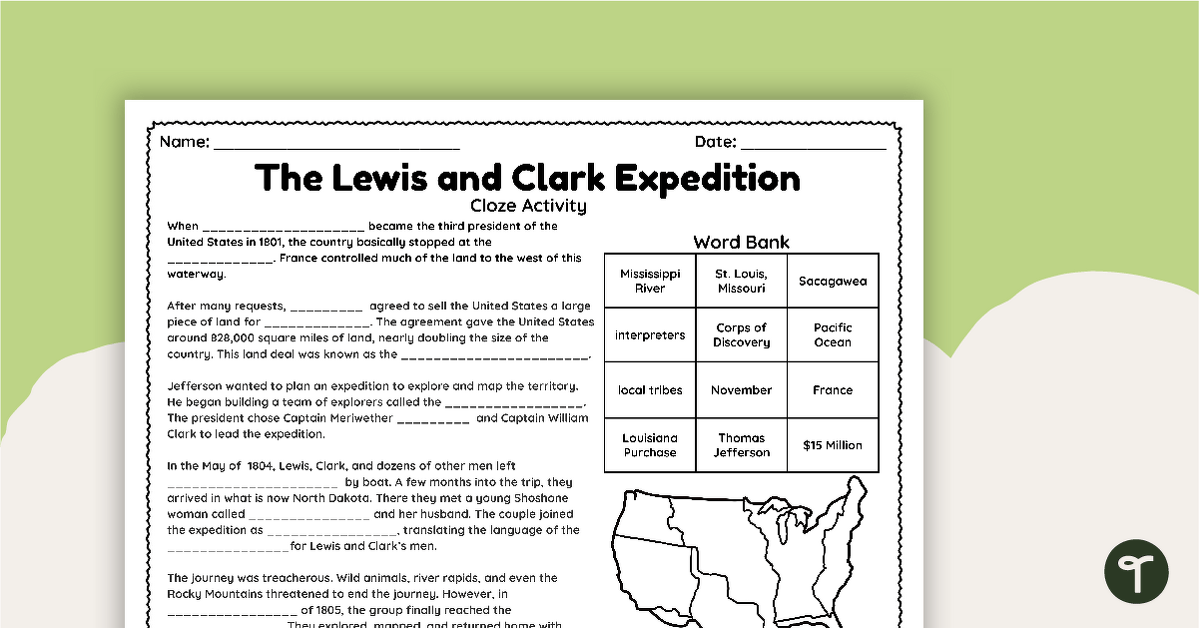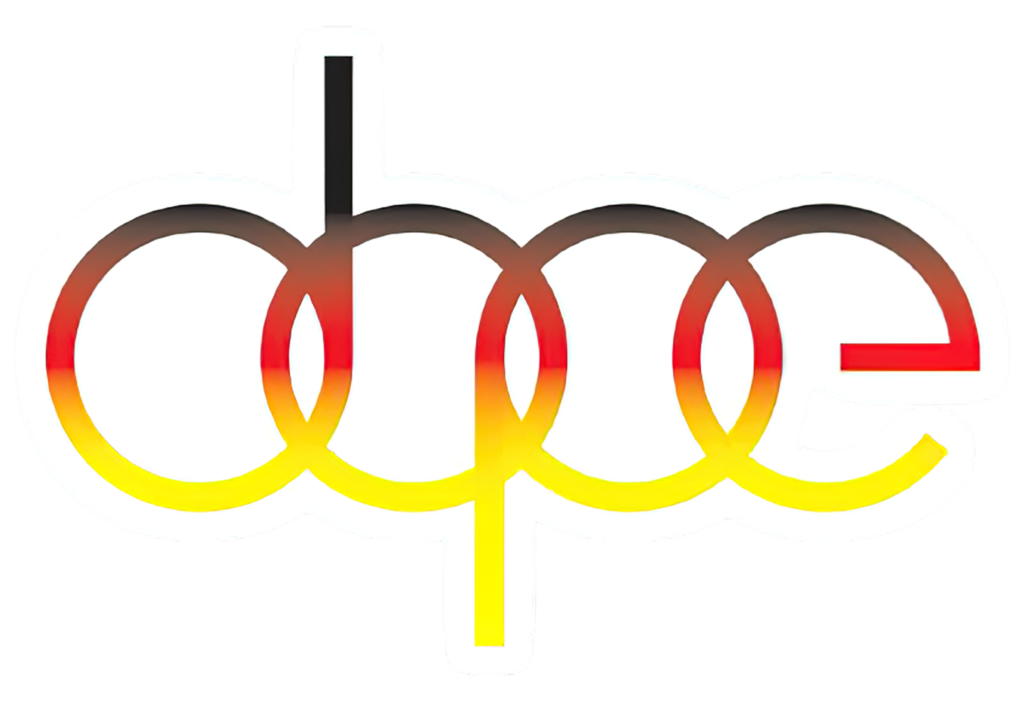Sport
How Many Miles Did Lewis and Clark Travel?
Lewis and Clark’s expedition is one of the most famous and significant journeys in American history. The journey, also known as the Corps of Discovery Expedition, was commissioned by President Thomas Jefferson with the goal of exploring and mapping the newly acquired Louisiana Territory. Led by Meriwether Lewis and William Clark, the expedition lasted from 1804 to 1806 and covered thousands of miles across the western United States. In this article, we will delve into the details of how many miles Lewis and Clark traveled and the significance of their journey.
The Start of the Journey: Exploring the Missouri River

Origins of the Expedition
The Lewis and Clark expedition was a result of President Thomas Jefferson’s interest in expanding the territory of the United States. After the Louisiana Purchase in 1803, Jefferson wanted to explore the newly acquired territory and find a route to the Pacific Ocean. He chose Meriwether Lewis, his personal secretary, to lead the expedition. Lewis then enlisted William Clark, a skilled frontiersman and former army officer, to co-lead the expedition.
Starting Point: St. Louis, Missouri
On May 14, 1804, the Corps of Discovery set off from St. Louis, Missouri, with a group of 33 men, including soldiers, boatmen, and interpreters. They travelled on three boats, the keelboat, the pirogue, and the red boat, which were specially designed for navigating the Missouri River. Their first destination was the Mandan villages in present-day North Dakota, where they planned to spend the winter.
Exploring the Missouri River
The Missouri River played a crucial role in the Lewis and Clark expedition as it was their main mode of transportation during the first phase of their journey. The river stretched over 2,300 miles, making it one of the longest rivers in North America. The expedition faced many challenges navigating the river, such as strong currents, rapids, and changing weather conditions.
Challenges on the Missouri River
One of the biggest challenges the expedition faced was getting their boats through the Great Falls of the Missouri. The powerful waterfalls were a significant obstacle, and it took the crew nearly a month to navigate them. They had to carry their boats, gear, and supplies overland for nearly 18 miles to bypass the falls. Apart from the physical challenges, the expedition also faced difficulties with the local Native American tribes they encountered along the way.
Significant Milestones on the Missouri River
Despite the challenges, the Lewis and Clark expedition achieved many significant milestones while exploring the Missouri River. They successfully mapped the river’s course, made contact with various Native American tribes, and documented hundreds of plant and animal species. They also established Fort Mandan, where they spent the winter of 1804-1805, and met Sacagawea, a Shoshone woman who played a crucial role in their journey.
Crossing the Continental Divide

Introduction to the Rocky Mountains
After spending the winter at Fort Mandan, the Corps of Discovery continued their journey towards the Pacific Ocean. To reach the ocean, they had to cross the Rocky Mountains, which posed a whole new set of challenges for the expedition.
Trekking Through the Rocky Mountains
The trek through the Rocky Mountains was a grueling and dangerous journey for Lewis and Clark and their crew. Unlike the flat terrain of the Great Plains, the mountains were filled with steep slopes, rocky terrain, and unpredictable weather conditions. The expedition had to cover an average of 15 miles per day, carrying all their gear and supplies on foot or horseback.
Discovering New Species
Despite the challenges, the Corps of Discovery made some remarkable discoveries while crossing the Rocky Mountains. They documented several new plant and animal species, including the grizzly bear, bighorn sheep, and several species of trout. They also encountered other wildlife such as buffalo, elk, and beaver.
Meeting Native American Tribes
The expedition also encountered various Native American tribes during their journey through the Rocky Mountains. The Shoshone tribe played a crucial role in helping the expedition cross the mountains by providing them with horses and valuable information about the terrain ahead. The Nez Perce tribe also assisted the expedition by providing them with supplies and horses to continue their journey.
Reaching the Pacific Ocean

Arrival at the Pacific Ocean
After crossing the Rocky Mountains, the Lewis and Clark expedition finally reached the Pacific Ocean on November 15, 1805. They arrived at a place they named “Station Camp,” which is now known as Fort Clatsop in present-day Oregon. The journey from St. Louis to the Pacific Ocean took the expedition over a year and a half, covering nearly 4,000 miles.
Winter at the Pacific Coast
The expedition spent five months at Fort Clatsop, facing harsh weather conditions and dealing with illnesses and injuries. Despite these challenges, they continued to explore the surrounding areas and established peaceful relations with the local Native American tribes, particularly the Chinook and Clatsop tribes.
Building Fort Clatsop
Fort Clatsop served as the expedition’s headquarters during their stay at the Pacific coast. The fort was made of wooden logs, measuring 50 feet by 50 feet, and had living quarters, a blacksmith shop, and storage rooms. The construction of the fort took nearly three weeks, and the crew faced challenges such as heavy rain and lack of resources.
Raising the United States Flag
On December 25, 1805, the day we know as Christmas, the Corps of Discovery held a ceremony to celebrate their progress and raise the United States flag at Fort Clatsop. The ceremony marked the first time the American flag was raised west of the Rocky Mountains.
The Return Journey

Heading Back Home
On March 23, 1806, the expedition began their return journey back to St. Louis. They followed a different route than the one they took on their way to the Pacific Ocean, which allowed them to explore new areas and gather more information about the land.
Challenges on the Return Journey
The return journey posed its own set of challenges for the Corps of Discovery. One of the significant challenges they faced was navigating the Columbia River, which had strong currents and dangerous rapids. They also faced harsh weather conditions and illnesses, such as dysentery and frostbite.
Meeting up with Sacagawea’s Tribe
As they travelled back east, the expedition encountered several Native American tribes, including the Shoshone tribe, who had helped them cross the Rocky Mountains on their way to the Pacific Ocean. They also met up with Sacagawea’s tribe again, where she was reunited with her brother after many years.
Exploring New Areas
Despite the challenges, the return journey allowed the expedition to explore new areas and gather valuable information about the land. They discovered and mapped the Yellowstone River, explored the Great Plains, and documented new plant and animal species.
FAQs

How long did it take for Lewis and Clark to reach the Pacific Ocean?
It took the Lewis and Clark expedition over a year and a half to reach the Pacific Ocean.
Did anyone in the expedition die during the journey?
Yes, one member of the expedition died during the journey – Sergeant Charles Floyd. He passed away due to a burst appendix.
How many miles did Lewis and Clark travel on their expedition?
The exact distance traveled by the Lewis and Clark expedition is still a topic of debate among historians. However, it is estimated that they covered over 8,000 miles.
How many Native American tribes did Lewis and Clark encounter during their journey?
The expedition encountered over 50 different Native American tribes during their journey, establishing peaceful relations with most of them.
What was the impact of the Lewis and Clark expedition?
The Lewis and Clark expedition had a significant impact on American history by providing valuable information about the newly acquired Louisiana Territory, establishing peaceful relations with Native American tribes, and inspiring future explorations and settlements in the western United States.
Conclusion
The Lewis and Clark expedition was a remarkable journey that covered thousands of miles and lasted for two and a half years. The Corps of Discovery faced numerous challenges and made several groundbreaking discoveries, making it one of the most influential expeditions in American history. Their journey paved the way for future explorations and settlement in the western United States, leaving a lasting impact on the country’s history and development. Today, we can look back at their incredible journey and appreciate the determination and courage of Lewis and Clark and their crew.

